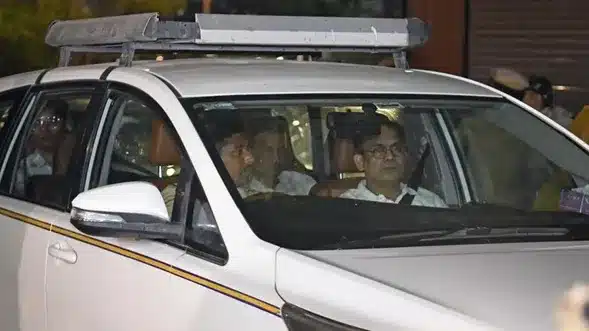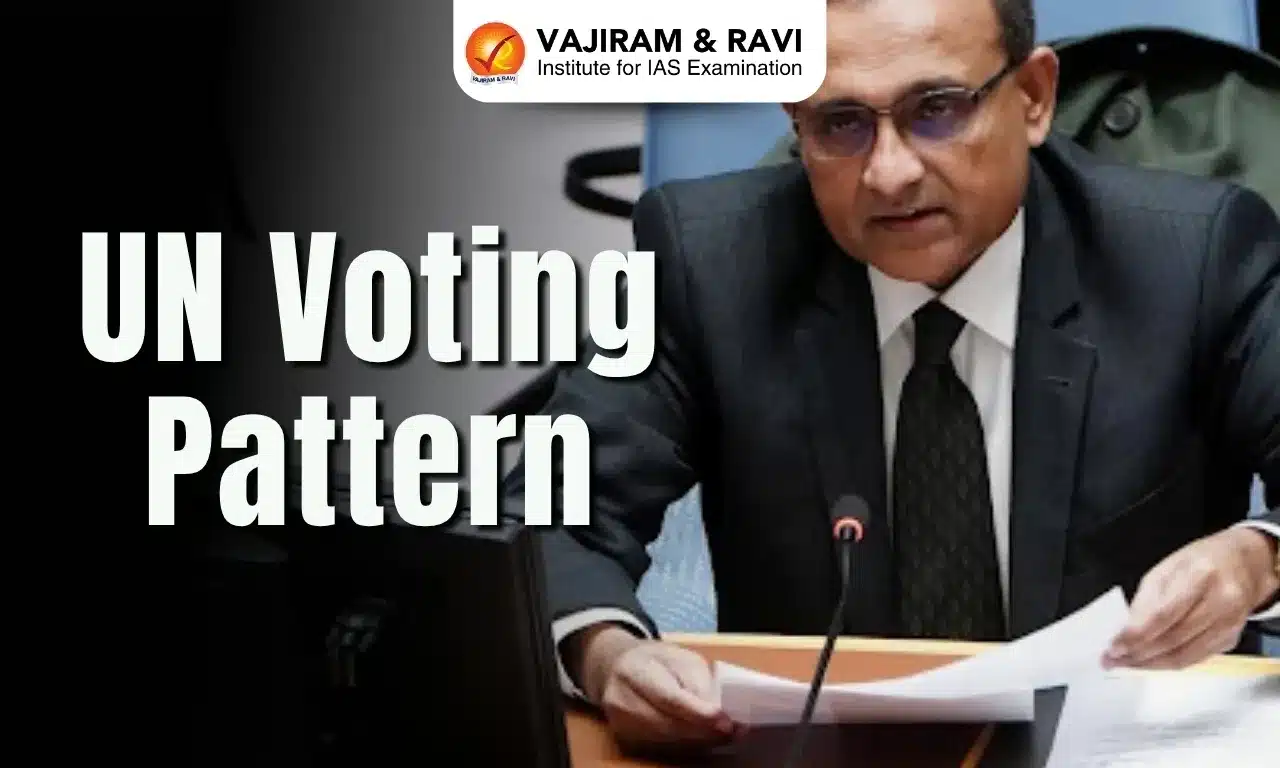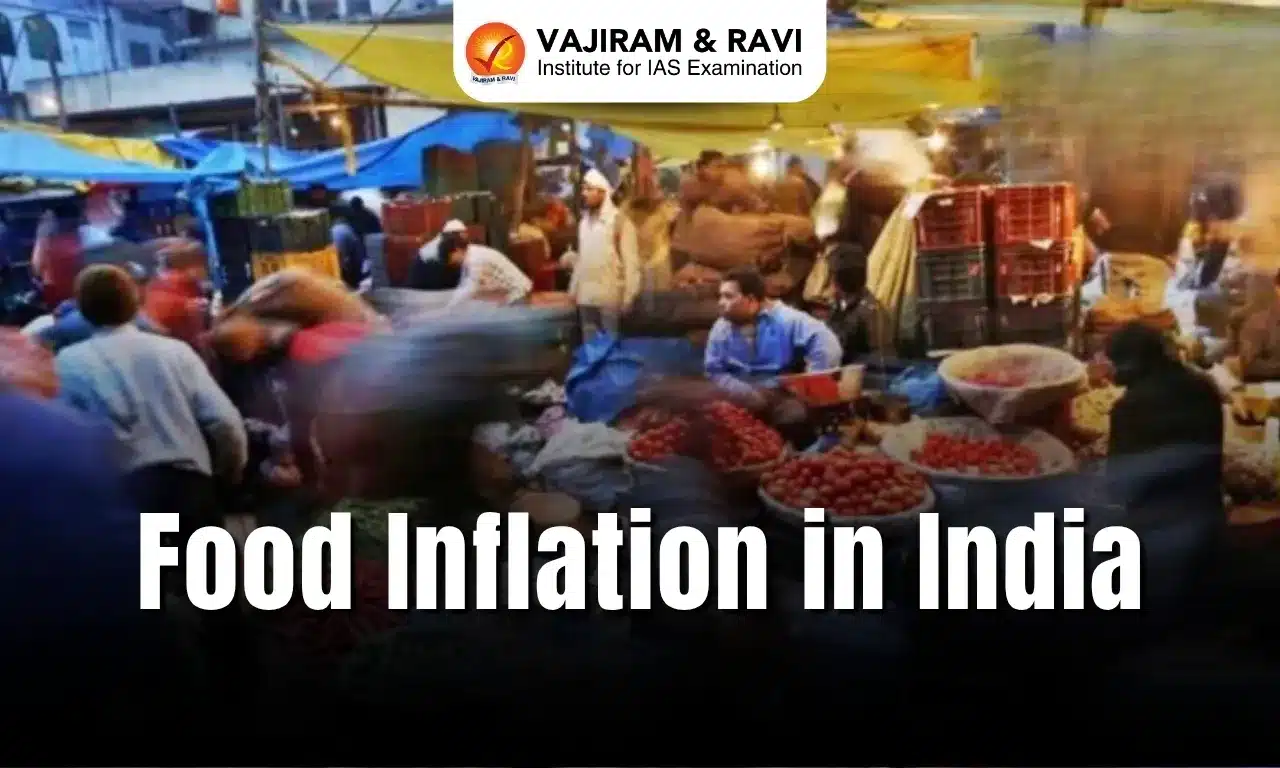What’s in today’s article?
- Why in news?
- What is Enforcement Directorate (ED)?
- What is Delhi Excise Policy 2021-22?
Why in news?
Delhi Chief Minister Arvind Kejriwal was arrested by the Enforcement Directorate (ED) in Delhi Excise policy-linked money laundering case.
The arrest, the first of a sitting Chief Minister, came hours after the Delhi High Court refused to grant protection to Mr. Kejriwal from any coercive action by the agency.
Enforcement Directorate (ED)
- About
- The Enforcement Directorate was established in the year 1956 as an ‘Enforcement Unit’ under the Department of Economic Affairs.
- Later, in 1957, this Unit was renamed as ‘Enforcement Directorate’.
- Administrative control
- Presently, it is under the administrative control of the Department of Revenue (Ministry of Finance) for operational purposes.
- Functions
- ED is responsible for enforcement of the Foreign Exchange Management Act, 1999 (FEMA), and certain provisions under the PMLA.
- ED has the power to attach the asset of the culprits found guilty of the violation of FEMA.
- It has also been empowered to undertake, search, seizure, arrest, prosecution action, and survey, etc. against the offences committed under PMLA.
- Appointment of Director of ED
- The ED Director is appointed by the central government on the recommendation of a committee:
- chaired by the Central Vigilance Commissioner and
- members comprising of Vigilance Commissioners, Home Secretary, Secretary DOPT and Revenue Secretary.
- The ED Director is appointed by the central government on the recommendation of a committee:
Delhi Excise Policy 2021-22
- About
- Also known as the new liquor policy, the Delhi Excise Policy 2021-22 was implemented on November 17, 2021.
- It changed how liquor was sold in the city — with the government withdrawing from the business and allowing only private operators to run liquor shops.
- The main aim was to improve customer experience and stop black marketing.
- However, after the whole controversy around the new excise policy, Delhi reverted to the old excise regime.
- Key features of the Delhi Excise Policy 2021-22
- Under the new policy, the city was divided into 32 zones inviting firms to bid on the zones. Instead of individual licences, bidding was done zone-by-zone.
- Also, licenses for 849 retail vends were issued through open bidding by the Excise department in
- Under the old liquor policy, Delhi had 864 liquor shops, including 475 run by the four government agencies, and 389 were private.
- For the first time, shops were allowed to offer discounts to retail customers and reduced the number of dry days to three from 21.
- The new policy also had a provision for home delivery of liquor. It even proposed lowering the drinking age from 25 to 21.
- It also suggested the opening of shops till 3 am. However, these were not implemented.
- The controversy surrounding Delhi Excise Policy 2021-22
- Before the implementation, the policy had first to be examined by the Chief Secretary (CS) of Delhi.
- The CS allegedly found procedural lapses and irregularities in the new policy.
- Allegations made in the report
- In the report, Delhi Deputy CM Sisodia, who heads the excise department, was accused of making changes to the excise policy without the approval of the L-G.
- The report said arbitrary and unilateral decisions taken by then Delhi Deputy CM had resulted in financial losses to the exchequer, estimated at more than Rs 580 crore.
- It alleged that kickbacks were received by the Delhi government and its leaders from owners and operators of alcohol businesses for preferential treatment.
- These kickbacks were used to influence the Assembly elections held in Punjab and Goa in early 2022.
- Matter referred to CBI
- This report was referred to the CBI, and which led to the arrest of the then Delhi Dy CM Manish Sisodia.
- 14 others were also made accused in its FIR, including AAP communications in-charge Vijay Nair.
- ED Comes into picture
- Two cases, one by CBI and one on alleged money laundering being investigated by ED, have been registered in relation to the excise policy.
- The ED told a court that the alleged proceeds of crime amounted to more than Rs 292 crore, and that it was necessary to establish the modus operandi.
- It alleged that the “scam” was to give the wholesale liquor business to private entities and fix a 12% margin, for a 6% kickback.
- It also alleged that AAP leaders received kickbacks to the tune of Rs 100 crore from a group of individuals identified as the South Group.
Q1) What is Prevention of Money Laundering Act, 2002?
The Prevention of Money Laundering Act, 2002 (PMLA) is an act of the Indian Parliament that aims to prevent money laundering and to confiscate property derived from it. The PMLA was first published on January 20, 2003, and came into force on July 1, 2005.
Q2) What is Foreign Exchange Management Act (FEMA) 1999?
The Foreign Exchange Management Act (FEMA) of 1999 is an act of the Indian Parliament that consolidates and amends the law relating to foreign exchange.
Last updated on July, 2025
→ UPSC Notification 2025 was released on 22nd January 2025.
→ UPSC Prelims Result 2025 is out now for the CSE held on 25 May 2025.
→ UPSC Prelims Question Paper 2025 and Unofficial Prelims Answer Key 2025 are available now.
→ UPSC Calendar 2026 is released on 15th May, 2025.
→ The UPSC Vacancy 2025 were released 1129, out of which 979 were for UPSC CSE and remaining 150 are for UPSC IFoS.
→ UPSC Mains 2025 will be conducted on 22nd August 2025.
→ UPSC Prelims 2026 will be conducted on 24th May, 2026 & UPSC Mains 2026 will be conducted on 21st August 2026.
→ The UPSC Selection Process is of 3 stages-Prelims, Mains and Interview.
→ UPSC Result 2024 is released with latest UPSC Marksheet 2024. Check Now!
→ UPSC Toppers List 2024 is released now. Shakti Dubey is UPSC AIR 1 2024 Topper.
→ Also check Best IAS Coaching in Delhi














